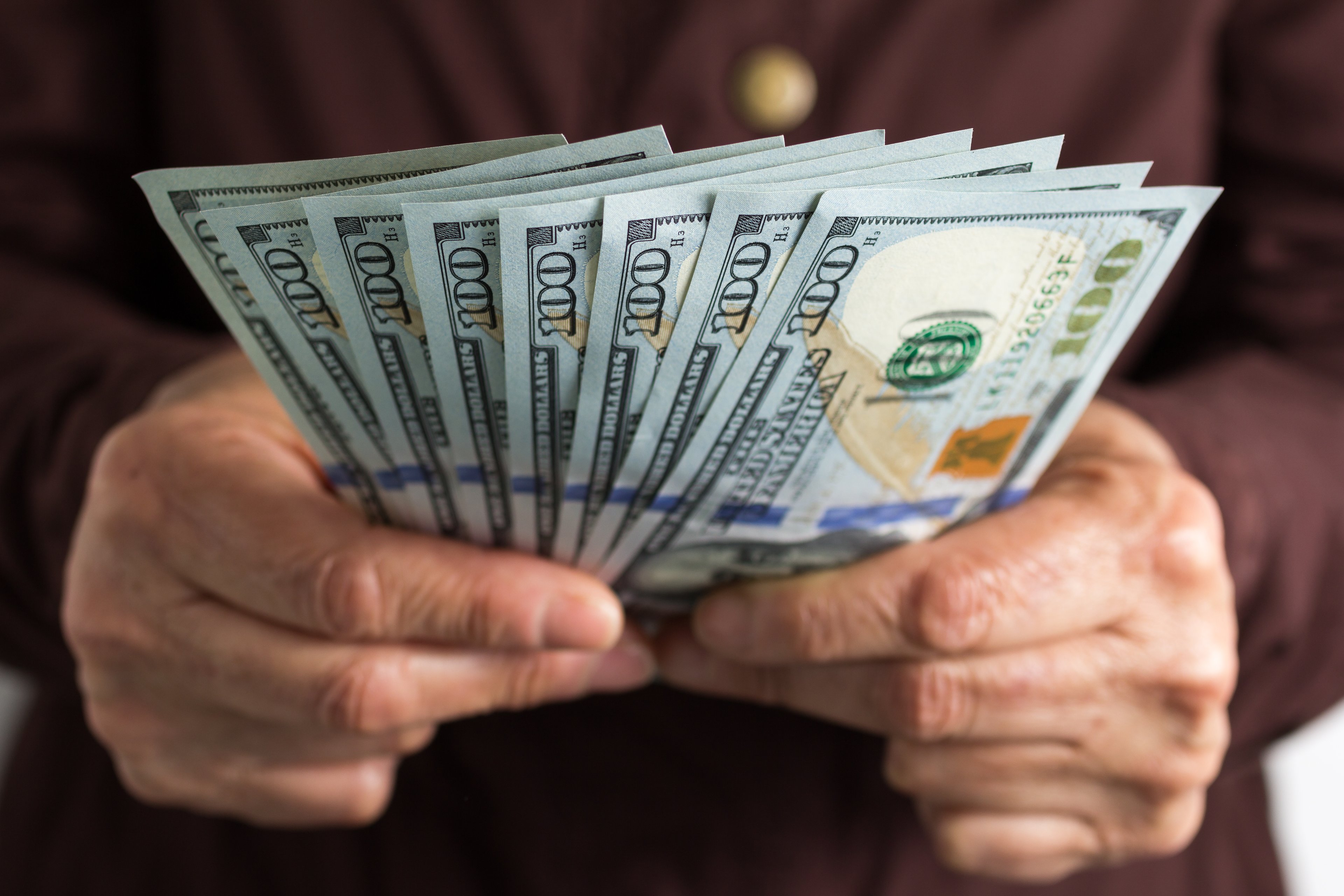
Image source: Flickr user Jim Makos.
If there were one word to describe the trading we witnessed in the broad-based S&P 500 (^GSPC +0.26%) in 2015, it would be "indecisive." Despite some periods of extended volatility, and the first stock market correction of more than 10% since 2011, the S&P 500 looks to finish 2015 right around where it began. Considering challenging global growth prospects, such as the collapse in oil prices and a slowdown in China, this could be construed as something of a victory for investors.
Throughout the year we witnessed a number of key headlines that took center stage. Plunging commodity prices, terrorism, the surging U.S. dollar, and China's slowing growth were all major events. But one ongoing shift, which has probably crept under the radars of most investors, could arguably be the biggest investing story of the year.
A major investing shift is under way
Despite the bull market roaring headfirst into its sixth year, investors continued a trend since the Great Recession of moving money out of mutual funds. Following net cash inflows into money market and equity/bond/hybrid mutual funds of $472 billion in 2006, $879 billion in 2007, and $412 billion in 2008, mutual funds have witnessed a net cash outflow in four of the past seven years. As noted by the Investment Company Institute, $150 billion flowed out of mutual funds in 2009, $281 billion in 2010, $96 billion in 2011, and, as reported by CNBC this past week, $150 billion in 2015. The mutual fund industry did observe cash inflows between 2012 and 2014, but to a far smaller degree than in previous years.
"Where's all this money going?" you may wonder? Not coincidentally, CNBC also reports that cash inflows to electronic-traded funds, or ETFs, increased by $150.6 billion in 2015. Although there's no way to precisely track money flows from one security to the next, the message seems clear: money appears to be flowing out of mutual funds and into ETFs.

Image source: MyFuture.com via Flickr.
Why investors are enamored with ETFs
Why are investors suddenly placing their faith in ETFs? For starters, ETFs can give the individual investor just as much diversity as a mutual fund, but allow them remain in control of how their money is invested. In addition, investors' faith (particularly millennials) in Wall Street is still somewhat damaged by the Great Recession and a few bad apples, such as Bernie Madoff. The desire among investors to seek out knowledge on their own and retain control over their nest egg appears to be growing.
Another key point is that mutual funds are simply costlier than ETFs. Mutual funds fees can include hiring a fund manager, administrative costs, and even marketing their own fund. What's the typical cost for having a professional money manager handle your funds? The average equity mutual fund charges an expense ratio ranging between 1.3% and 1.5%. By comparison, the average ETF only has an expense ratio of 0.5%, or about a third of what the typical equity mutual fund charges. Over time this can translate to substantial savings.
A final idea, proposed by CNBC, is that hedge funds are precipitating strong demand for ETFs since they can use sector-specific bets, and leverage, to bolster their gains and outperform mutual funds, which have generally struggled to keep up with the returns of index funds since the recession.

Image source: Flickr user Sara Hughes.
ETFs you may want to consider for 2016
As of 2014 there were in excess of 1,600 ETFs for investors to choose from, and as of CNBC's latest tally, these ETFs accounted for $2.1 trillion in investable assets. This still pales in comparison to the amount of money tied up in mutual funds, but the scale is decisively beginning to move in the other direction.
What are some ETFs you should consider in the year ahead? Although it'll largely depend on your risk tolerance and investment horizon, here are a couple that could be worth a closer look.
For conservative investors and retirees looking to bolster their portfolios with dividend income that can outpace inflation, the PowerShares Financial Preferred ETF (PGF +0.42%) could be an attractive buy.

Image source: Pictures of Money via Flickr.
This ETF invests a minimum of 90% of its assets in preferred securities of financial institutions listed in the Wells Fargo Hyrbid and Preferred Securities Financial Index, and it sports a reasonable 0.63% expense ratio. Preferred shareholders get dividend priority over common stockholders, and in the event of a bankruptcy preferred shareholders take precedence above common equity holders (but they're still below bondholders). With lending rates beginning to rise, net interest margins for most banks should begin rising as well, meaning it's a great time to consider investing in banks. Sporting a 5.9% yield, the PowerShares Financial Preferred ETF should be a low-volatility, high-income consideration.
Want something where your growth potential is tied more to share price appreciation than a high yield, but still not gung-ho on excessive volatility? My suggestion would be to examine the Schwab US Large-Cap Value ETF (SCHV +0.46%).
One of the big allures of this ETF is its minuscule expense ratio of just 0.06%, largely a result of the passive buy-and-hold investment style of the fund. Of the 358 large-cap names held, portfolio turnover was a mere 8.32% year-to-date through the end of November. Buying into the Schwab US Large-Cap Value ETF gives you access to some of the largest (and safest) multinational giants, and also generates a yield of 2.6%. Chances are your returns will closely resemble that of the S&P 500 on a year-to-year basis, but your dividend return will be a bit higher than that of the S&P 500.

Image source: National Cancer Institute.
Finally, if throwing caution to the wind is your thing, then you might consider a sector-based ETF that's within your scope of interest and/or knowledge. A smaller asset ETF that could be intriguing is the BioShares Biotechnology Clinical Trials ETF (Nasdaq: BBC).
Just as the name implies, this ETF invests in drug developers undertaking phase 1, 2, and 3 studies. Because these companies are predominantly clinical in nature, they're prone to losing money, which makes this ETF riskier than most. However, the penchant for M&A in the biotech sector, coupled with the diversity of 89 separate holdings, makes for an intriguing risk-versus-reward. Because there is no ceiling on how high a stock can go, but a floor exists at $0, the success of just a handful of companies in this small-cap favored ETF could lead to big gains. You'll pay a high expense ratio of 0.85% considering the turnover, but for those investors with a higher tolerance for risk it could be well worth it.









